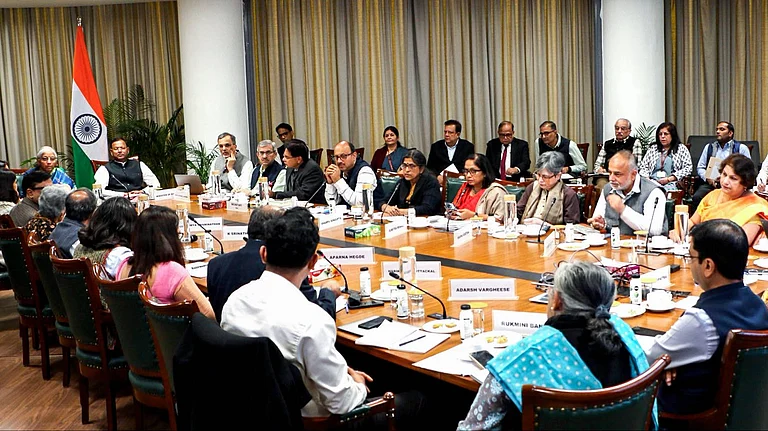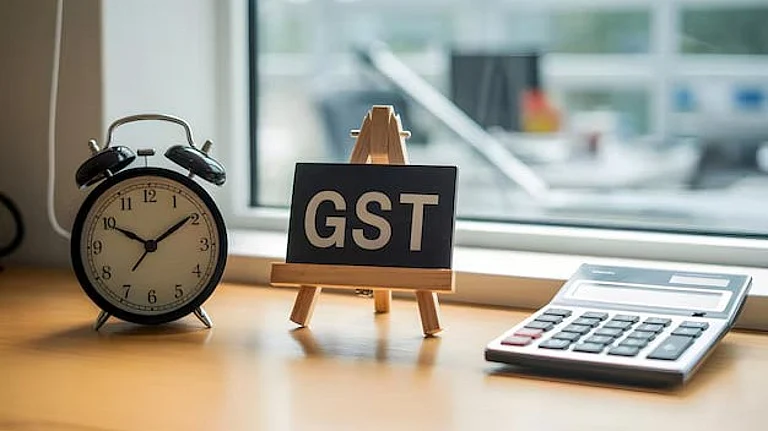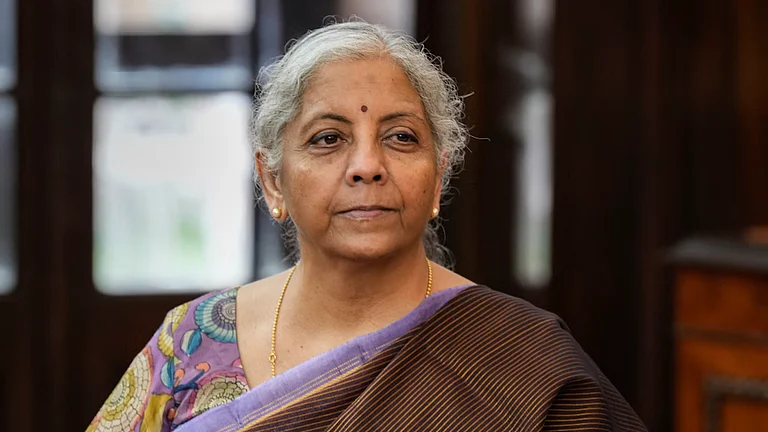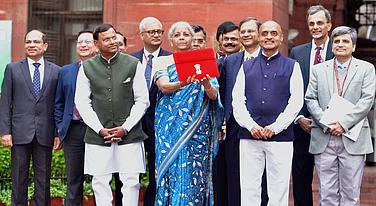It will be naïve to expect any significant increase in the defence outlay when Finance Minister Nirmala Sitharaman presents the regular budget for the current financial year 2024-25 on July 23, 2024. A nominal increase cannot be ruled out, though.
Not that the current level of defence spending is adequate. According to a Stockholm International Peace Research Institute (SIPRI) report from April 2024, India’s defence spending in 2023 was the fourth largest in the world but, to put it in perspective, it was less than one-third of China’s defence budget.
The inadequacy of defence outlay is also evident from the persisting gap between the requirement projected by the armed forces and the actual budgetary allocation, which went up from Rs 23,014 crore in 2010-11 to Rs 1,25,421 crore in 2021-22, before dramatically dropping to Rs 32,214 crore in 2023-24.
The narrowing of the gap was not because of any substantial hike in allocation but on account of the armed forces paring down their requirement. Had they stuck to the numbers they themselves had given to the fifteenth Finance Commission, the gap would have been a whopping Rs 3,02,119 crore, including a gap of Rs 1,69,784 crore for capital expenditure.
There is no denying the enduring inadequacy of defence budget, though its extent is debatable. In FY 2020-21, for example, the allocation went up by more than 13 per cent over the previous year’s outlay, but, according to a contemporaneous report of the Standing Committee on Defence, it was approximately Rs 1,03,535 crore less than what the armed forces had demanded.
Because of the serious constraints in generating revenue, primarily through taxation and borrowings, and the competing demands from other sectors like health, education, agriculture, infrastructure development, poverty alleviation, and the like, no finance minister has succeeded in meeting the armed forces’ requirements in full over the past two or three decades.
The Need for Reforms
Apart from this perennial constraint, the budgetary allocation for the FY ’25 will be dictated by the need to cater to the demands of the coalition partners and investing in schemes and programmes which help the BJP in regaining some of the ground it lost in the recent general elections. The defence outlay does not fit well in this matrix.
The union budget is primarily, but not entirely, about numbers. Many policy measures which have a bearing on the government’s finances are routinely announced by the finance ministers while presenting the budget. There are at least three issues which have a bearing on the defence budget which merit attention.
First, structural reforms are required to ensure that the allocation, other than the outlay for salaries and other manpower related expenditure, is linked to specific projects or results. This will facilitate outcome appraisals and introduce greater fiscal discipline.
As for salaries which account for almost one-third of the revenue budget, and pensions which constitute a little less than one-fourth of the total defence budget, pragmatic measures are needed to contain the expenditure, so that more funds become available for operational expenditure.
Second, the absence of a robust system of financially viable defence planning has been the bane of military capability development. The need for a more realistic approach to defence planning—as much for strategic reasons as for financial viability—cannot be overemphasised.
It may be recalled that a high-level Defence Planning Committee (DPC) was set up in 2018 with a very wide mandate that included formulation of national security strategy, defence plans, capability development, etc. Six years down the line, the DPC does not have much to show for its labours.
Third, innovation and R&D are the key to self-reliance in defence production, exports and strategic autonomy. An increase of just about Rs 540 crore for the DRDO in the interim budget for FY ’25 was grossly inadequate, but infusion of more funds isn’t enough.
Enable Private Capital
The private sector must step up in a big way. While presenting the interim budget earlier this year, Finance Minister Sitharaman had announced a corpus of Rs 1,00,000 crore for providing loans to the private sector for developing ‘deep tech’, but nothing much has happened since then.
Some similar schemes like the Technology Development Fund and iDEX (Innovation for Defence Excellence) are already in place. These have created exciting opportunities for smaller niche entities to enter the defence sector.
The public-private partnership needs to be encouraged as much as possible. The Border Roads Organisation, with a steadily growing outlay—160 per cent since FY 2021-22—holds a great potential for such partnerships.
The government, to its credit, has taken several steps in the past one decade to promote defence R&D, local manufacturing, and exports, apart from expediting acquisitions and ensuring better maintenance of infrastructure and equipment, but these efforts have been mostly disjointed.
A committee set up by the ministry of defence in 2015-16 had recommended setting up of an overarching Capability Acquisition Organization, similar to the Director General of Armaments of France, to oversee the entire gamut of activities related to capacity building. However, the recommendations were later inexplicably shelved, though the problems that the proposed organisation was to address continue unabated.
While these, and other similar, issues deserve inclusion in the budget proposals, given the political circumstances in which Sitharaman will present the budget on July 23, it is more likely that the focus will be on the achievements ranging from a spurt in domestic production, indigenisation, and exports to infrastructure development along the borders.
[The author is a retired bureaucrat who has worked on defence planning, budget and procurements while on deputation with the Ministry of Defence. Views expressed are personal.]

























